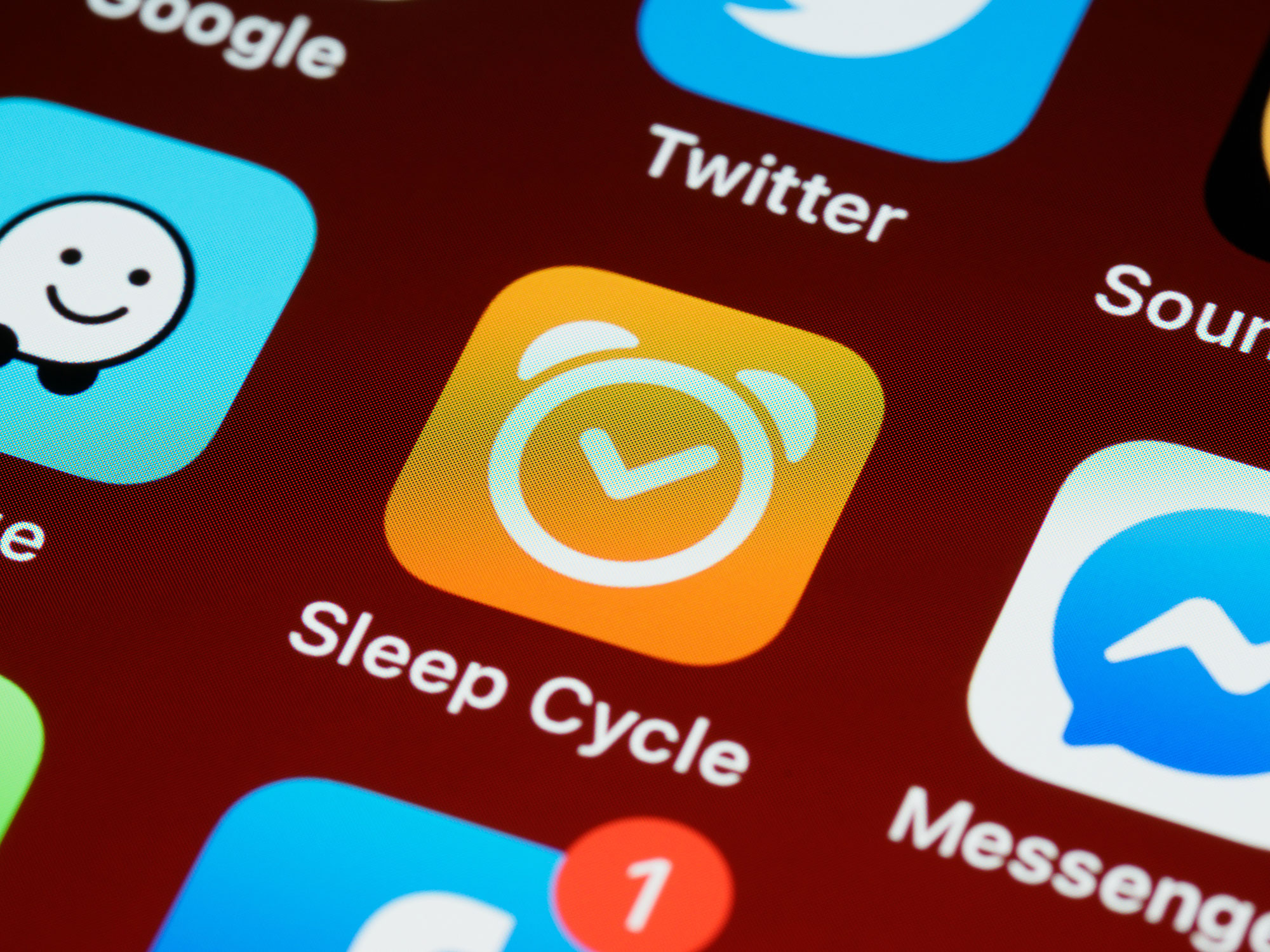Whether your business has an eCommerce app to generate sales or you’ve developed a SaaS product and want professionals to pay to use your features, you’ll know that push notifications are a great marketing tool. Not only do they allow you to immediately send content to your users, but encourage them to try out new functionality, buy from your store, or give feedback. But it’s important to use them properly. We’ve put together some tips…
Add badges to your app
Badges – also known as unread counts – appear on the top left-hand corner of your app icon on users’ home screens, and draw attention to new notifications. You can use badges to let users know that you’ve got something new for them, whether it’s a message, new product drops, or even an update to one of your services or features. However, you should use these badges sparingly – though some are happy with 104,000 unread emails, many users report feeling stressed about unread notifications and some might choose to uninstall your app.
When you think it’s appropriate to add a badge to your app, make sure users can find the alert or notification when they next open your app. It could be that you add a “what’s new” pane, introduce your own in-app notification toggle with a bell, or immediately send users to the unread message or notification. Also, consider how cross-platform apps deal with this.
Use the right sounds
Although a large number of consumers will have their phones on silent or Do Not Disturb when they’re at work or out with friends, it’s still worth thinking about sounds when sending push notifications. Apple has a built-in sound for notifications by default but it’s possible to mix things up by adding your own notification tone. Create your own unique sound and users will be able to identify a notification that has come from you without needing to look at their phone. It boosts brand awareness, builds trust, and offers new opportunities to excite your customers. Although it can be fun to incorporate silly, humorous sounds into your app, keep it professional – you don’t want to irritate by using notification sounds that are inappropriate.
Use photos in your notifications
iOS has come a long way in recent years, and developers can now take advantage of a whole host of notification options. One of those is multimedia content in the notification pane itself, appearing as a thumbnail next to the text. When users expand the notification, they’ll see the full-size photo (video content and audio files are also supported, but less common).
Despite the visual appeal of image-based notifications, few use them effectively, making them a great option if you’re trying to capture users’ attention. Whether sending notifications to alert customers to a package being shipped with an image of the item, or a breaking news alert with an image of the story’s cover photo, there are lots of ways to get experimental.
Utilising the subtitle and body
Though a basic alert or notification is nothing more than a line of text, it’s also possible to add subtitles and body text to your notifications to ensure users are up-to-date on the latest goings-on. Utilising both of these allows you to prioritise information – users are most likely to read the top line (your title), and if they’re interested, they’ll read onto your subtitle and body text. This not only makes your notifications more digestible (great for news updates) but also make your app more useful. Bear in mind that your title must be a single line of text, though your body-field can be multiple lines of text – again, shorter notifications are usually better.
Add in some emoji
As well as adding images and video content to your app notifications, why not experiment with emoji to humanise your brand and categorise your content. If your notification is about a delivery, use the package emoji or postbox emoji, and if you’re celebrating an award win or the launch of a new feature, it makes sense to stick to the widely popular party popper emoji.
Frequency
Finally, as we’ve already touched upon, frequency is very important when sending out notifications. 70% of people who download an app are dormant within 3 days, so welcome notifications are a great way to introduce people and onboard them through the sign-up process, but if you’re overly pushy, they’ll likely uninstall. Consider the law of diminishing returns – it’s far better to use notifications sparingly and hold onto your users and customers than overdo it for thousands of sales in the first few weeks, only for most of them to drop off.
Let the team at Zudu help you with our app development services. Give us a call on 01382 690080 today to find out more and arrange a free consultation with our award-winning team.



